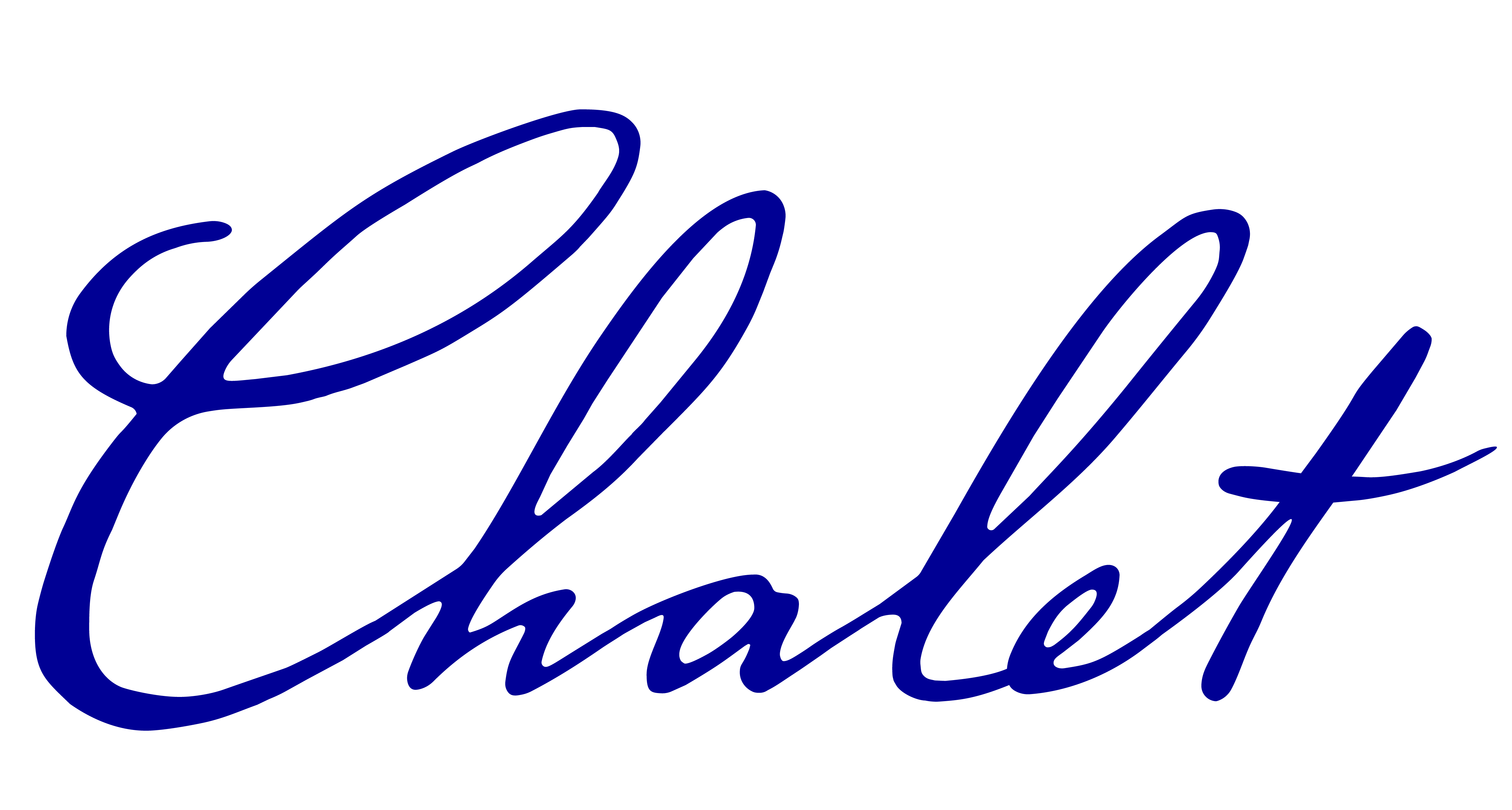
Success with Grass Seed
The single most important success factor in any lawn renovation is selecting grass seed that tolerates the site’s sunlight. Before you come to buy your grass seed, spend the time and evaluate how many cumulative hours of daily sun, shade, partial sun/shade the lawn will be getting. This way you will set yourself up for turf success!
Chalet carries a number of exclusive branded products, which we take great pride in. But our Chalet grass seed is truly special. Why? Because all 5 seed selections are regularly reformulated based on what lawn diseases have been most prevalent in previous years. The turf varieties are changed to include the most current, most-disease resistant types available. No one else does that, including the big national brands!
Shop Chalet's Exclusive Grass Seed collection here.

Before diving into your options there are a few terms that you may not know that will make you a more successful grass seed customer.
Blend is a combination of different cultivars (selected varieties) or kinds of the same type of grass. Ex: Bluegrass
Mixture is a combination of different species. Ex: bluegrass and perennial rye, bluegrass and tall fescue.
Cultivar is a plant that has been bred and selected for one or more superior characteristics that make it an improvement over the naturally occurring species it was derived from. Yes, surprisingly, there really are named cultivars of Ky. Bluegrass, perennial rye and fescues (for their shade tolerance). Turf, like everything else in horticulture, is a science.
Here are the perennial turf types included in our blends and mixtures:
Kentucky bluegrass is the standard sun lawn grass for the upper Midwest. It has a medium-fine leaf texture and dark green color when grown under the high nitrogen fertility regimes it prefers. It’s moderately heat and drought-tolerant, going dormant during prolonged periods of those two stresses. It’s at its best during the cooler, wetter periods of spring and fall. Takes at least 2 weeks to germinate under optimal conditions.
Perennial ryegrass is a bunch type grass (not spreading like Ky. blue) with dark green leaves of fine to medium texture. Thrives in the same conditions Ky. blue prefers - sun (only moderate shade tolerance), higher levels of soil fertility and moderate drought tolerance. Both like well-drained soils. Can germinate as quickly as one week.
Fine fescues are our Midwestern shade-tolerant lawn choices. They are conspicuously finer-textured (than the above) and medium-green in coloration. They are fine with lower fertility sites than Ky. blue and somewhat more drought tolerant as well. They don’t love heat, poor drainage or high foot traffic use. Under heat and drought will go into a dormant state, too. Can germinate in 10-14 days under ideal conditions. Turf types include:
- Chewings (yes, plural) – Good tolerance of low mowing heights.
- Creeping – Does produce rhizomes to fill in bare spots .
- Hard – Slow to germinate, but good dark coloration and density with maturity. Well-suited to lower fertility programs and unirrigated lawns.
Supina bluegrass – is the most shade tolerant grass that we include in our mixtures. Leaf texture is similar to Ky. blue, but lighter green, and spreads by stolons (above ground runners) to form dense turf. While not needing a high fertility program, it does require lots of moisture, especially in times of above-normal heat. Germinates slowly at 14-21 days. It is included in small percentages as it is very expensive per lb. to produce and harvest.
Bare-ground seeding rates = 3-4# per 1,000 sq. ft.
Over-seeding (considered to have at least 50% coverage of desirable turf = 1-2# per 1,000 sq. ft.

Chalet Lawn Seed Mix: Kentucky Blue Grass
Over 98% Kentucky bluegrass

80% improved Ky. bluegrass, 19% improved Perennial rye

Chalet Lawn Seed Mix: Sun & Shade
60% improved Ky. blues & perennial rye, 39% imp. fescues

30% improved Ky. blues & perennial rye, 70% imp. fescues

Chalet Lawn Seed Mix: Extreme Dense Shade
30% imp. Ky. blues, 65% imp. fescues, 5% Supina bluegrass
Buying quality is the first step toward building a beautiful lawn! And early fall is the perfect time to sow that seed!
Shop Chalet's Exclusive Grass Seed collection here.

Tony Fulmer
Chalet's Chief Horticulturist Officer
Share
